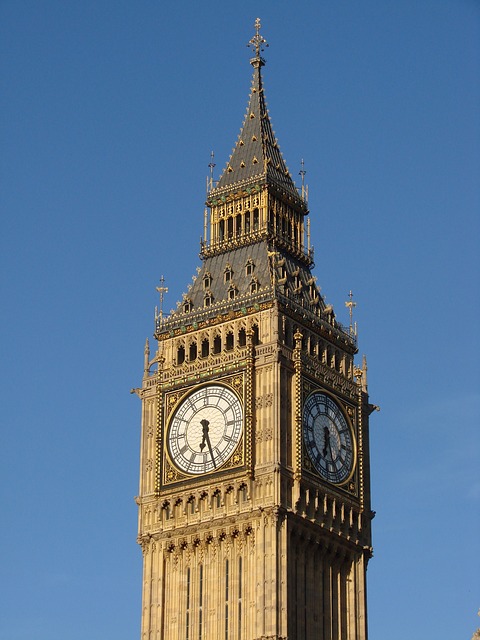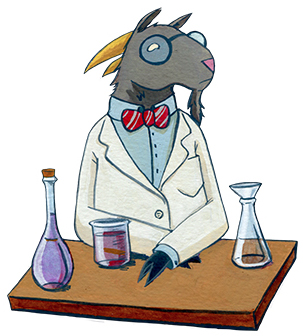Difference between revisions of "Green Spaces in London"
From Londonhua WIKI
(→Subsection 1) |
(→Section 1: Background) |
||
| Line 27: | Line 27: | ||
=Section 1: Background= | =Section 1: Background= | ||
<br> | <br> | ||
| − | == | + | ==150 Years of Green Spaces== |
| + | Hampstead Heath | ||
| + | long time public green space | ||
| + | Regent's Park | ||
| + | Royal permission for public use | ||
| + | maybe Victoria park/Battersea park | ||
| + | people's park victorian liberalism | ||
| + | Hyde Park | ||
| + | Green Belt? | ||
| + | |||
| + | <ref>Swanwick, Carys, Nigel Dunnett, and Helen Woolley. "Nature, Role and Value of Green Space in Towns and Cities: An Overview." 29.2 (2003): 94-106. Web. 14 June 2017.</ref> | ||
| + | <br><br> | ||
| + | |||
| + | ==Modern Green Spaces== | ||
The importance of green spaces in towns and cities has been recognized to varying degrees since the 19th century. The apparent value of green spaces in providing an escape from widespread urban air pollution serving as a major driver in creating new parks and green spaces. | The importance of green spaces in towns and cities has been recognized to varying degrees since the 19th century. The apparent value of green spaces in providing an escape from widespread urban air pollution serving as a major driver in creating new parks and green spaces. | ||
Over the last 20 years, a rise in interest has taken shape for quality and quantity of green space in urban areas. Three major factors have contributed to this trend: 1) concern about the decline in the quality of green spaces, due largely to low priority in the political agenda on national and local levels, 2) emphasis on the necessity for more intensive development in urban area, informed by "the hight-density 'compact city' " as the model for European cities and where green spaces fit into that, and 3)Improved evidence base supporting the benefits of urban green space, and environmental social and economic value to society. | Over the last 20 years, a rise in interest has taken shape for quality and quantity of green space in urban areas. Three major factors have contributed to this trend: 1) concern about the decline in the quality of green spaces, due largely to low priority in the political agenda on national and local levels, 2) emphasis on the necessity for more intensive development in urban area, informed by "the hight-density 'compact city' " as the model for European cities and where green spaces fit into that, and 3)Improved evidence base supporting the benefits of urban green space, and environmental social and economic value to society. | ||
| Line 38: | Line 51: | ||
significance of urban green space on the developing urban environment and urban city life recognised by the Urban Task Force Report and the Urban White Paper, DETR 2000 | significance of urban green space on the developing urban environment and urban city life recognised by the Urban Task Force Report and the Urban White Paper, DETR 2000 | ||
<ref>Swanwick, C., Dunnett, N., & Woolley, H. (2003). Built Environment(1978-) (2nd ed., Vol. 29, Perspectives on Urban Greenspace in Europe). Alexandrine Press.</ref> | <ref>Swanwick, C., Dunnett, N., & Woolley, H. (2003). Built Environment(1978-) (2nd ed., Vol. 29, Perspectives on Urban Greenspace in Europe). Alexandrine Press.</ref> | ||
| − | |||
| − | |||
| − | |||
| − | |||
| − | |||
| − | |||
| − | |||
| − | |||
| − | |||
| − | |||
| − | |||
| − | |||
| − | |||
<br><br> | <br><br> | ||
Revision as of 15:59, 17 June 2017
Green Spaces in London
by Cole Fawcett
 Hyde Park |
Contents
Abstract
The paragraph should give a three to five sentence abstract about your entire London HUA experience including 1) a summary of the aims of your project, 2) your prior experience with humanities and arts courses and disciplines, and 3) your major takeaways from the experience. This can and should be very similar to the paragraph you use to summarize this milestone on your Profile Page. It should contain your main Objective, so be sure to clearly state a one-sentence statement that summarizes your main objective for this milestone such as "a comparison of the text of Medieval English choral music to that of the Baroque" or it may be a question such as "to what extent did religion influence Christopher Wren's sense of design?"
Introduction
I suggest you save this section for last. Describe the essence of this project. Cover what the project is and who cares in the first two sentences. Then cover what others have done like it, how your project is different. Discuss the extent to which your strategy for completing this project was new to you, or an extension of previous HUA experiences.
As you continue to think about your project milestones, reread the "Goals" narrative on defining project milestones from the HU2900 syllabus. Remember: the idea is to have equip your milestone with a really solid background and then some sort of "thing that you do". You'll need to add in some narrative to describe why you did the "thing that you did", which you'd probably want to do anyway. You can make it easy for your advisors to give you a high grade by ensuring that your project milestone work reflects careful, considerate, and comprehensive thought and effort in terms of your background review, and insightful, cumulative, and methodical approaches toward the creative components of your project milestone deliverables.
PLEASE NOTE: this milestone template has only a few sections as examples, but your actual milestone should have many relevant sections and subsections. Please start to block out and complete those sections asking yourself "who, what, when, where, and why".
Remember, as you move toward your creative deliverable, you're going to want/need a solid background that supports your case, so you want it to paint a clear and thorough picture of what's going on, so that you can easily dissect your creative component and say "This thing I did is rooted in this aspect of my background research".
Section 1: Background
150 Years of Green Spaces
Hampstead Heath long time public green space Regent's Park Royal permission for public use maybe Victoria park/Battersea park people's park victorian liberalism Hyde Park Green Belt?
Modern Green Spaces
The importance of green spaces in towns and cities has been recognized to varying degrees since the 19th century. The apparent value of green spaces in providing an escape from widespread urban air pollution serving as a major driver in creating new parks and green spaces. Over the last 20 years, a rise in interest has taken shape for quality and quantity of green space in urban areas. Three major factors have contributed to this trend: 1) concern about the decline in the quality of green spaces, due largely to low priority in the political agenda on national and local levels, 2) emphasis on the necessity for more intensive development in urban area, informed by "the hight-density 'compact city' " as the model for European cities and where green spaces fit into that, and 3)Improved evidence base supporting the benefits of urban green space, and environmental social and economic value to society.
Brown spaces also need to be taken into account
upsurge reflected as increase in research and professional activity In the UK a number of key documents produced in the last decade has led to government recognition of the vital importance of urban parks and green spaces as key components of urban environments
significance of urban green space on the developing urban environment and urban city life recognised by the Urban Task Force Report and the Urban White Paper, DETR 2000
[2]
Section 2: Deliverable
In this section, provide your contribution, creative element, assessment, or observation with regard to your background research. This could be a new derivative work based on previous research, or some parallel to other events. In this section, describe the relationship between your background review and your deliverable; make the connection between the two clear.
Subsection 1
...use as many subsections or main sections as you need to support the claims for why what you did related to your Background section...
Subsection 2
...and so on and so forth...
Gallery
Conclusion
In this section, provide a summary or recap of your work, as well as potential areas of further inquiry (for yourself, future students, or other researchers).
References
Add a references section; consult the Help page for details about inserting citations in this page.
Attribution of Work
For milestones completed collaboratively, add a section here detailing the division of labor and work completed as part of this milestone. All collaborators may link to this single milestone article instead of creating duplicate pages. This section is not necessary for milestones completed by a single individual.
External Links
If appropriate, add an external links section
Image Gallery
If appropriate, add an image gallery
Category tags
Don't forget to add category tags!!! Your Milestone Pages MUST contain one "Project" Category tags like this:
[[Category:Art Projects]]
[[Category:Music Projects]]
[[Category:Philosophy & Religion Projects]]
[[Category:Drama & Theater Projects]]
[[Category:Writing & Rhetoric Projects]]
[[Category:History Projects]]
[[Category:English Projects]]
...and NO OTHER TAGS except for the year the project was completed by you, like this:
[[Category:2017]]
See the Category Help page for assistance. Don't include irrelevant category tags in your Milestone page (like the Template category!)
Delete this entire "Category section" when editing this page--Categories don't need a heading.
- ↑ Swanwick, Carys, Nigel Dunnett, and Helen Woolley. "Nature, Role and Value of Green Space in Towns and Cities: An Overview." 29.2 (2003): 94-106. Web. 14 June 2017.
- ↑ Swanwick, C., Dunnett, N., & Woolley, H. (2003). Built Environment(1978-) (2nd ed., Vol. 29, Perspectives on Urban Greenspace in Europe). Alexandrine Press.



